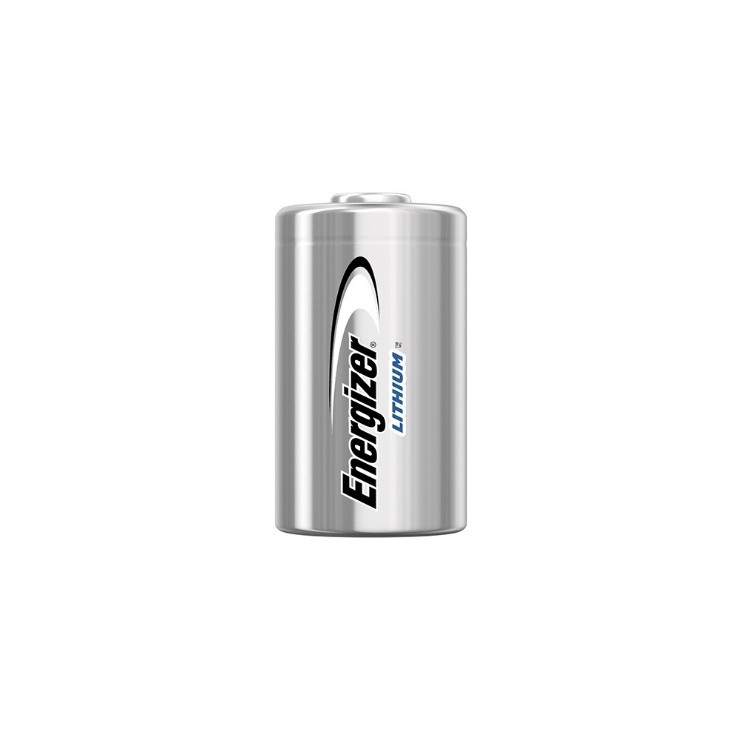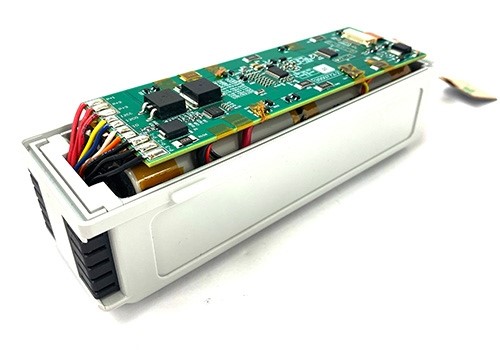Did you know that battery performance is one of the biggest challenges for drones? Despite advancements in drone technology, flight time remains limited due to energy storage constraints. Lithium ion batteries rechargeable technology is changing this by providing higher energy density, faster charging, and longer-lasting power. These innovations are making drones more efficient for industries like delivery, agriculture, surveillance, and filmmaking.
Why Lithium-Ion Batteries Are the Best Choice for Drones
Drones require a power source that is lightweight, efficient, and long-lasting. Traditional batteries struggle to meet these demands, but lithium-ion technology offers several advantages:
- Higher Energy Density – Allows drones to fly longer without increasing weight.
- Faster Charging Times – Reduces downtime between flights.
- Longer Battery Lifespan – More charge cycles compared to other battery types.
- Consistent Power Output – Ensures stable performance for high-end drone operations.
These benefits are essential for industries that rely on drones for extended periods, such as search and rescue missions or aerial mapping.
Advancements in Lithium-Ion Battery Technology for Drones
Battery technology is evolving to address the biggest limitations of drone power. Here are some key innovations:
- High-Capacity Batteries for Extended Flight Time
New lithium-ion cells with improved energy density are allowing drones to fly for longer periods. Companies are now producing batteries with greater watt-hours per kilogram, increasing efficiency without adding bulk. This is especially beneficial for long-range surveillance drones and delivery services.
- Fast-Charging Solutions
The development of rechargeable battery chargers that support rapid charging is reducing downtime between drone flights. Some advanced charging stations now restore batteries to 80% capacity in under 30 minutes, making continuous drone operations more practical.
- Smart Battery Management Systems (BMS)
Modern lithium-ion batteries now include built-in BMS technology that optimizes energy consumption, prevents overcharging, and enhances safety. These systems allow drones to use power more efficiently, reducing battery waste and improving reliability.
- Hybrid Battery Systems
Some drone manufacturers are exploring hybrid battery solutions, which combine lithium-ion cells with solar power or hydrogen fuel cells. These hybrid systems are being developed to further extend flight durations while maintaining a lightweight design.
How Rechargeable Battery Chargers Are Improving Drone Operations
Charging technology is just as important as battery advancements. The latest rechargeable battery chargers offer:
- Fast-Charge Technology – Minimizes downtime between flights.
- Multiple Charging Ports – Allows simultaneous charging of multiple drone batteries.
- Smart Charging Management – Prevents overheating and optimizes battery longevity.
- Portable Charging Stations – Enables off-grid charging for remote drone operations.
These features are essential for industries that rely on drones for continuous operations, such as agriculture, security, and filmmaking.
The Future of Drone Battery Technology
As drones continue to play a bigger role in industries worldwide, battery technology will keep evolving. Future advancements may include:
- Solid-State Batteries – Offering higher energy density and improved safety.
- Lighter Materials – Reducing drone weight for better flight efficiency.
- AI-Optimized Power Management – Enhancing battery life through real-time data analysis.
Companies like Emerging Power are at the forefront of these innovations, providing cutting-edge battery solutions tailored for drone applications. Their research and development efforts are helping push the limits of what drones can achieve.
Conclusion
Battery limitations have long been a challenge for drone performance, but advancements in lithium-ion batteries rechargeable technology are overcoming these obstacles. Longer flight times, faster charging, and smarter power management systems are making drones more efficient than ever. With innovations in both battery technology and rechargeable battery chargers, the future of drones looks brighter, more powerful, and more reliable.
In this regard, companies like Emerging Power continue to refine and enhance battery solutions. This will allow drones to become an even more essential tool in industries worldwide.


